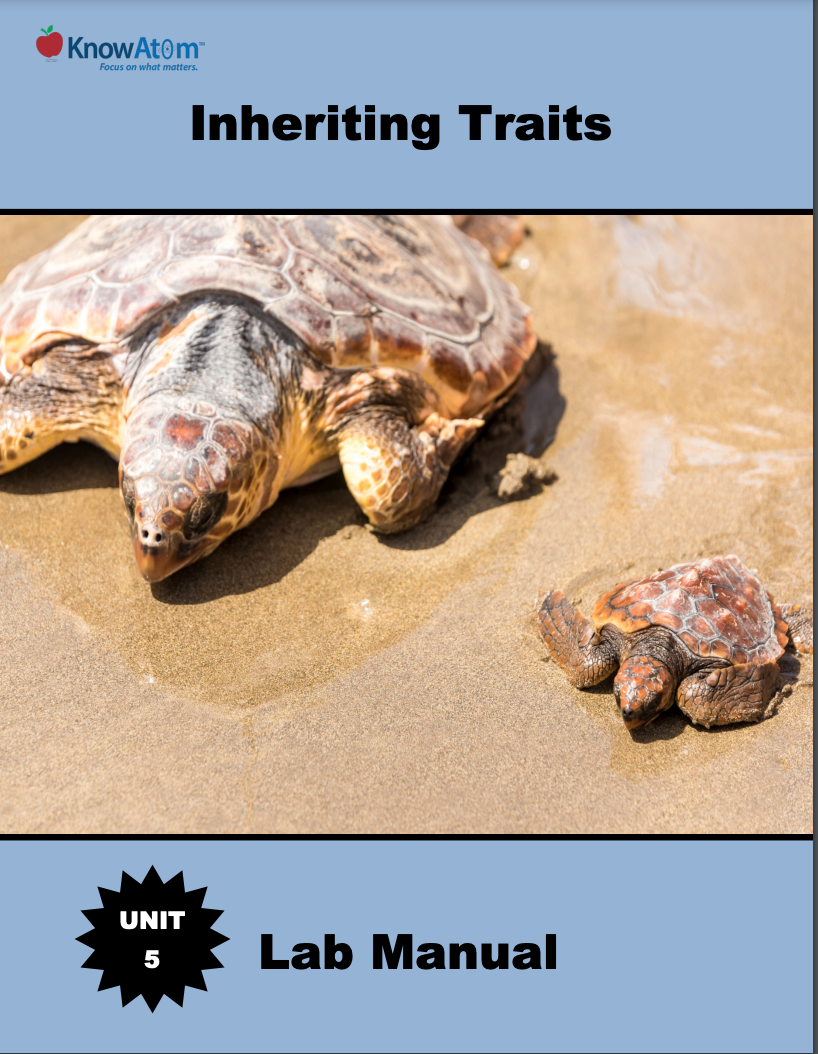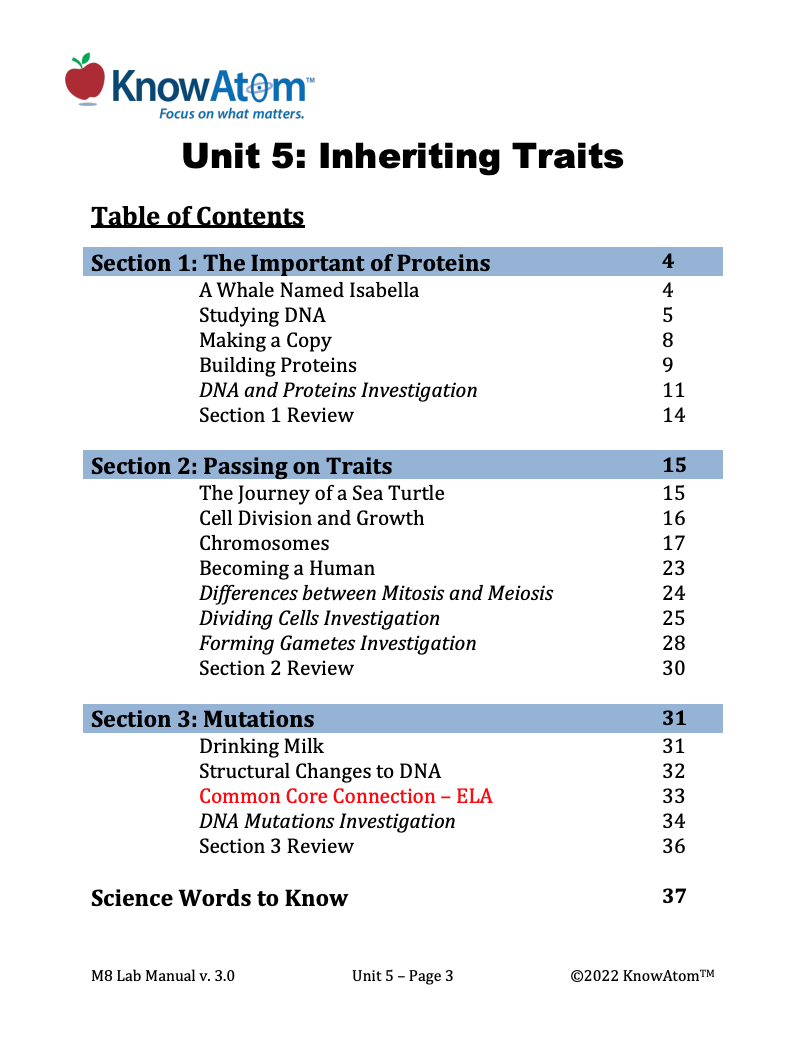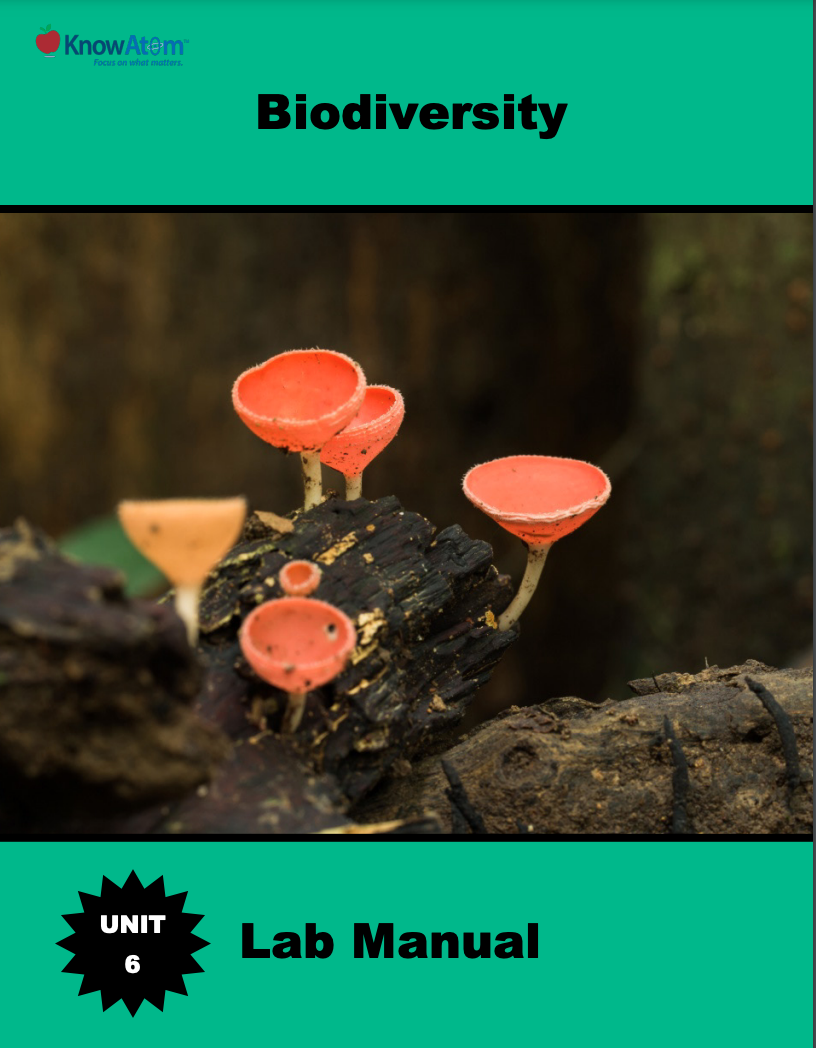
In this unit, students investigate phenomena related to how organisms pass on traits to their offspring. Students begin, in this lesson, with an investigation into how DNA codes for proteins, which determine an organism’s traits. This page provides a high level overview of this lesson.

In this unit, students continue their exploration of the cell with a focus on the phenomenon of DNA. Students use models to compare and contrast asexual and sexual reproduction and to investigate how traits are passed down from parents to offspring. This page is a high-level extract of this lesson.
.png)
IIn this unit, students analyze the science phenomena of inheritance, how living things pass along their genes to offspring. Students evaluate the role of DNA and chromosomes in heredity, and compare the two forms of cell division: the phenomena mitosis and phenomena meiosis. This page shows key components of this lesson on reproduction.

In this unit, students explore the phenomena of diversity of life on Earth and consider how living things pass on traits to their offspring while also adapting to meet the needs of the environment. In this lesson, students figure out how scientists use the fossil record for clues to how life has evolved over time. This page highlights key parts of this lesson.
Standards citation: NGSS Lead States. 2013. Next Generation Science Standards: For States, By States. Washington, DC: The National Academies Press. Neither WestEd nor the lead states and partners that developed the Next Generation Science Standards were involved in the production of this product, and do not endorse it.
